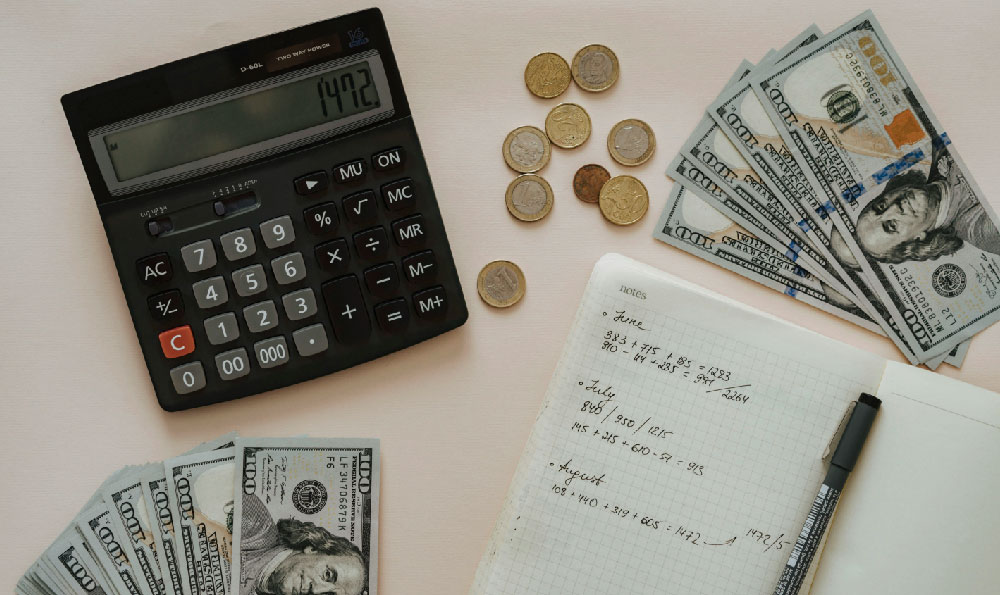Upbit Historical Volume: Why Track It? How Does It Impact Market Analysis?

Upbit, a prominent South Korean cryptocurrency exchange, plays a significant role in the global digital asset landscape. Tracking Upbit's historical volume data offers invaluable insights for market analysis, allowing traders and investors to make more informed decisions. Understanding why tracking it is crucial, and how it impacts market analysis is the key to unlocking a deeper understanding of the cryptocurrency market.
Understanding the Significance of Upbit in the Crypto Ecosystem
Before diving into historical volume, it's crucial to understand Upbit's influence. South Korea consistently ranks among the countries with the highest cryptocurrency adoption rates. Upbit, being one of the largest exchanges in the nation, concentrates a substantial amount of trading activity. This means its data reflects the sentiment and behavior of a significant segment of the crypto market. Ignoring Upbit's volume data is akin to ignoring a key piece of the puzzle.

Why Tracking Upbit Historical Volume Matters
There are several compelling reasons to monitor Upbit's historical volume.
-
Identifying Trends and Patterns: Historical volume data allows you to spot trends and patterns that might not be immediately apparent from price charts alone. For example, a sudden surge in volume accompanying a price increase could signal strong bullish momentum, while a decline in volume during a price rally might suggest a weaker, less sustainable trend. Conversely, high volume sell-offs could indicate panic selling or the beginning of a downtrend.
-
Confirming Price Movements: Volume acts as a confirmation indicator for price movements. A price breakout accompanied by high volume provides stronger evidence that the breakout is genuine and likely to continue. Conversely, a breakout with low volume might be a false signal, a "fakeout," that quickly reverses.
-
Gauging Market Sentiment: Volume can be a proxy for market sentiment. High trading volume, especially during periods of volatility, often reflects heightened interest and activity in the market. Analyzing the types of trades driving the volume (buying vs. selling) can provide clues about whether the market is generally bullish or bearish.
-
Detecting Manipulation: While no indicator is foolproof, unusual volume patterns can sometimes signal market manipulation. For instance, a sudden, unexplained spike in volume followed by a sharp price reversal could be a sign of "pump and dump" schemes or other manipulative tactics. Analyzing historical data helps in identifying these anomalies.
-
Assessing Liquidity: High trading volume generally indicates higher liquidity, meaning it's easier to buy and sell assets without significantly affecting the price. Low volume, conversely, suggests lower liquidity, making it more difficult to execute large trades without experiencing slippage. Tracking volume helps assess the liquidity of different cryptocurrencies listed on Upbit.
How Upbit Historical Volume Impacts Market Analysis
Integrating Upbit's historical volume data into your market analysis can significantly enhance your trading strategies and improve your understanding of market dynamics.
-
Technical Analysis: Volume is a key component of many technical analysis techniques. Volume-weighted average price (VWAP), On-Balance Volume (OBV), and volume price trend (VPT) are just a few examples of indicators that rely on volume data to generate trading signals. By incorporating Upbit's volume data into these indicators, you can gain a more accurate picture of market conditions.
-
Fundamental Analysis: While primarily focused on factors such as news events, regulatory developments, and technological advancements, fundamental analysis can also benefit from volume data. For example, a major news announcement that is followed by a surge in trading volume on Upbit could indicate that the market is taking the news seriously and is reacting accordingly.
-
Sentiment Analysis: As mentioned earlier, volume can be a valuable tool for gauging market sentiment. By analyzing the relationship between price and volume, you can get a sense of whether the market is generally bullish, bearish, or neutral. This information can then be used to inform your trading decisions.
-
Risk Management: Understanding the typical volume patterns of different cryptocurrencies listed on Upbit can help you manage your risk more effectively. Cryptocurrencies with consistently low trading volume may be more susceptible to price swings and manipulation, making them riskier investments.
Tools and Resources for Tracking Upbit Historical Volume
Several tools and resources are available for tracking Upbit's historical volume data. These include:
-
Upbit's API: Upbit provides a public API that allows developers to access historical trading data, including volume information. This is the most direct and comprehensive source of data.
-
Cryptocurrency Data Aggregators: Many cryptocurrency data aggregators, such as CoinMarketCap, CoinGecko, and TradingView, provide historical volume data for Upbit and other exchanges. These platforms offer user-friendly interfaces and charting tools that make it easy to visualize and analyze data.
-
Trading Platforms: Some trading platforms offer built-in tools for tracking volume data. These tools may include volume charts, volume-weighted average price (VWAP) indicators, and other volume-based analysis features.
Challenges and Considerations
While tracking Upbit's historical volume is valuable, there are a few challenges and considerations to keep in mind.
-
Data Accuracy: Ensure that the data source you are using is reliable and accurate. Errors in volume data can lead to misleading analysis and poor trading decisions.
-
Market Manipulation: Be aware that volume data can be manipulated. Look for unusual patterns and be cautious of trading signals that seem too good to be true.
-
Limited Scope: Upbit's data represents only a portion of the global cryptocurrency market. Consider supplementing your analysis with data from other exchanges to get a more complete picture.
-
Regulatory Changes: Cryptocurrency regulations in South Korea can change, potentially impacting Upbit's operations and trading volume. Stay informed about regulatory developments to understand their potential impact on the market.
Conclusion
Tracking Upbit's historical volume data is an essential component of comprehensive cryptocurrency market analysis. By understanding why it's important and how it impacts your analysis, you can gain a significant edge in the market. Incorporate Upbit's volume data into your trading strategies, use reliable data sources, and be mindful of the challenges and considerations outlined above. By doing so, you can make more informed decisions and improve your chances of success in the dynamic world of cryptocurrency trading.















